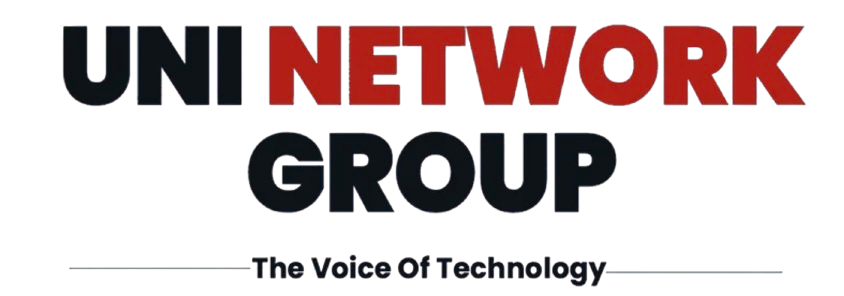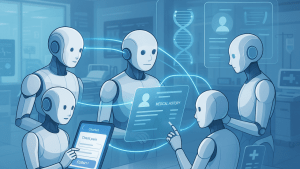V0 and the Future of No-Code AI Development
Launched in late 2024, Vercel’s V0 has already generated over 100 million applications. The tool converts natural language prompts into deployable full-stack applications, bypassing manual code altogether. As V0’s adoption grows—now generating seven apps per second—its influence spans from internal enterprise use to creative problem-solving by non-engineers.
Originally built by a four-person team, V0 now operates under dedicated leadership within Vercel, reflecting its strategic independence and fast-growing user base.
“We can call it AI transformation. Every company will have to rethink itself—what Jensen Huang calls a ‘token factory.’”
“V0 allows you to convert text to an application—an idea to an actual app.”
“Every second, there are seven app generations happening on V0,”
“Five lines of code. Now you’re interoperable with V0 and other agentic systems.”
The Rise of Agentic Infrastructure: Vercel’s MCP Protocol
At the infrastructure level, Vercel introduced Model Context Protocol (MCP), described by Rauch as “HTTP for AIs.” MCP enables AI agents to interface with enterprise systems by offering real-time, secure access to data and services. This opens new pathways for companies to expose internal systems—like inventory databases or analytics dashboards—to tools like V0, ChatGPT, or Claude.
This is all part of Vercel AI Cloud, the company’s end-to-end platform for deploying and scaling AI-native applications. Built with security in mind, it includes defenses against prompt injection, hidden inputs, and signal interference—threats specific to agentic systems.
Agents as the New Developers
As AI becomes a core user of developer tools, Vercel is evolving its UX approach to serve machines as well as humans. Documentation, CLI utilities, and APIs are being optimized for agents that seek signal over aesthetics. This shift mirrors early choices in Vercel’s product design, such as launching with a command-line-first philosophy—now a perfect fit for AI users.
“Agents don’t need GUIs. They want clean inputs and structured data,” said Rauch.
Enterprise Use Cases and Monetization Potential
Enterprises are leveraging V0 for prototyping, automation, and internal tool development, driven by growing expectations among CTOs and CIOs familiar with tools like ChatGPT. V0 is also being used in customer support, automating ticket resolution and feeding product insights directly back to engineering teams.
With estimated revenue near $100 million in 2024 and V0 contributing meaningfully to its growth, Vercel is signaling long-term commitment to its AI product ecosystem.
Rauch also hinted at future monetization pathways for users: “You’re creating software that solves problems—and eventually, we want people to make money from that.”
Skills of the Future: From Coding to Communication
According to Rauch, the most valuable developer skills are evolving. Instead of syntax mastery, tomorrow’s creators will need clear communication, taste, and systemic thinking.
“The AI is your coworker—it builds what you imagine,” he said.
With tools like screenshot-to-app generation, template libraries, and iteration-based workflows, V0 is pushing software development closer to a creative dialogue than an engineering task.




 Share your Details for subscribe
Share your Details for subscribe